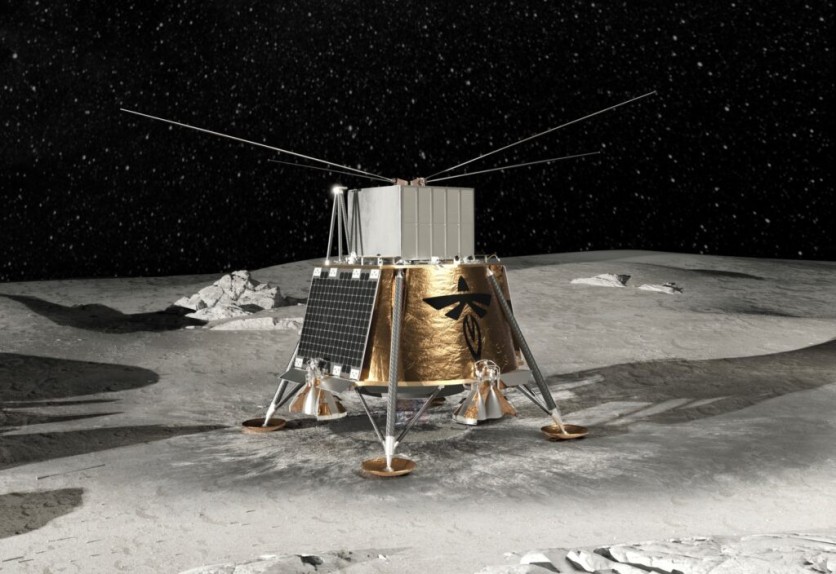To explore a nearly 400-million-year gap in the universe's history known as the Dark Ages, researchers are embarking on a pioneering project named the Lunar Surface Electromagnetics Experiment-Night (LuSEE-Night).
This endeavor, set to launch in 2025, marks a collaboration between NASA and the Department of Energy (DOE), with contributions from Lawrence Berkeley National Laboratory, Brookhaven National Laboratory, UC Berkeley, and the University of Minnesota.

Radio Signals From the Dark Ages
LuSEE-Night's primary objective is to test technology capable of capturing elusive radio signals from the Dark Ages, a period before stars illuminated the cosmos.
This project capitalizes on the lunar environment, specifically the moon's far side, which provides an unobstructed, radio-quiet backdrop for this unprecedented endeavor.
Kaja Rotermund, a postdoctoral researcher at Berkeley Lab involved in the antenna development, highlighted the significance of the moon's shielding effect, preventing interference from Earth's radio waves.
Thus, this strategic isolation poses unique challenges. LuSEE-Night must endure extreme temperature fluctuations, ranging from approximately -280 degrees Fahrenheit during lunar night to 250 degrees Fahrenheit during lunar day.
Furthermore, direct communication with the experiment is unattainable due to the moon's perpetual orientation away from Earth. Consequently, all data transmissions will be routed through a relay satellite passing overhead.
Aritoki Suzuki, leading the antenna project for Berkeley Lab, emphasized the remarkable engineering feat required to land a scientific instrument on the moon's far side, underscoring the potential impact of LuSEE-Night's success on future lunar experiments.
"If we can demonstrate that this is possible - that we can get there, deploy, and survive the night - that can open up the field for the community and future experiments," Suzuki said in a press statement.
Epoch Shrouded in Mystery
The Dark Ages, an epoch shrouded in mystery, precedes the era when stars and galaxies first emerged. Scientists believe that hydrogen gas, dominant during this period, may hold clues within its atomic structure that can shed light on the evolution of the early universe.
LuSEE-Night will focus on detecting minute frequency variations associated with the Dark Ages signal. By listening for frequencies ranging from 0.5 to 50 megahertz, the experiment aims to capture this faint cosmic echo, providing insights into the cosmological processes that shaped the universe during this critical phase.
To capture radio waves, LuSEE-Night employs a pair of six-meter-long antennas, which, despite their size, must be compacted into a one-meter cube for the lunar journey. Once on the moon's surface, the antennas will extend into position with the assistance of spring-loaded mechanisms.
The Berkeley Lab team has refined the antenna system to ensure optimal reception of the Dark Ages signal. Additionally, they are developing a turntable mechanism that will periodically rotate the antennas, effectively filtering out any signals subject to variation due to factors such as planetary interference or lunar surface conditions.
With a successful technical review completed, the team collaborates with UC Berkeley's Space Science Laboratory to construct the flight model. The final antenna subsystem is scheduled for delivery by January 2024, and following integration with other components, LuSEE-Night will embark on its lunar mission, collecting data for 18 months.
Related Article : NASA's Chandra Unveils Time-Lapse Video of the 1840s Great Eruption





